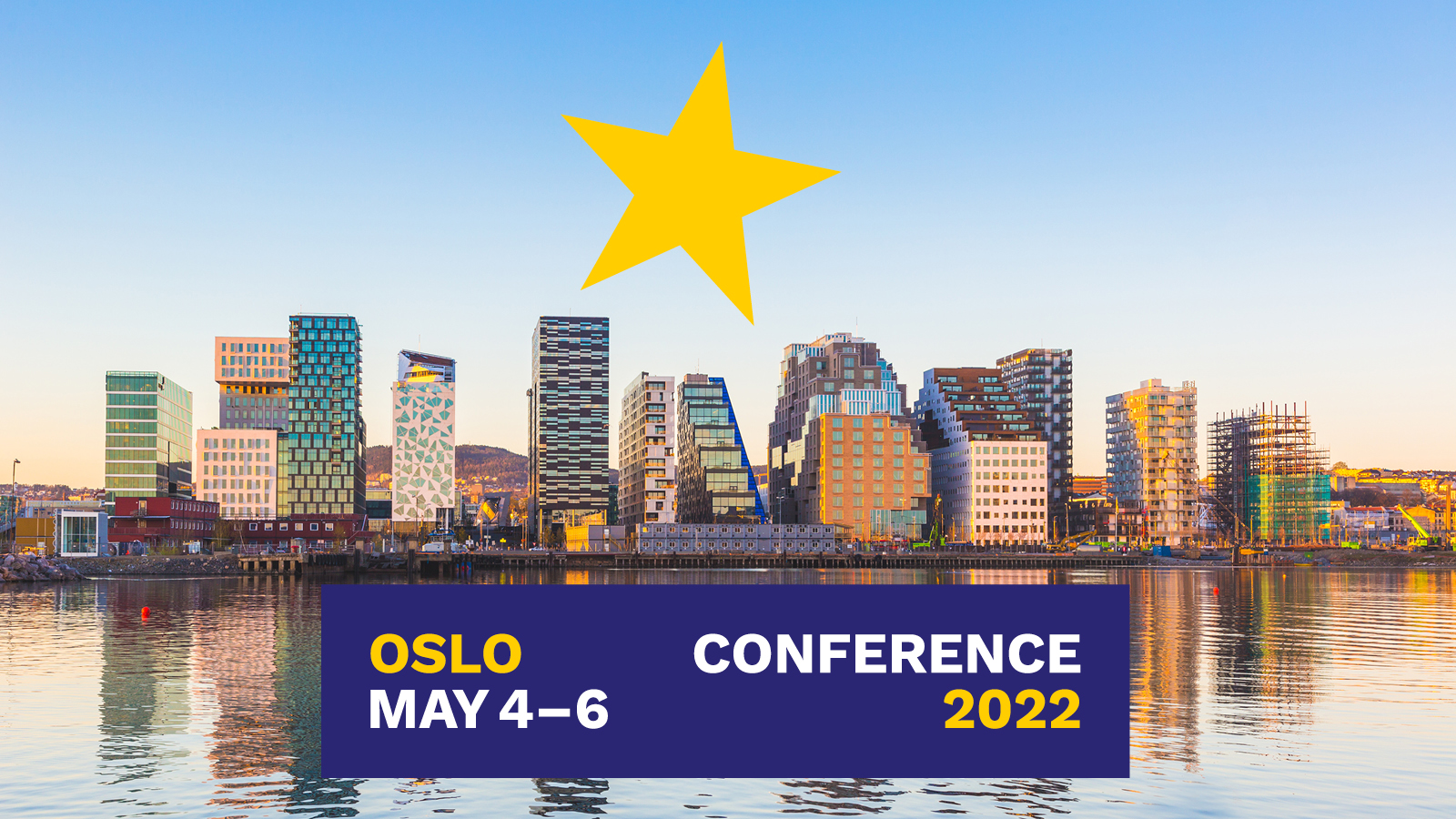Grant proposal : journey or end?
Researchers and RMAs spend considerable time and effort writing grant proposals. How much of it is worth it?
Conference
Format: Oral 30 Minutes
Topic: Policy, Strategy, Evaluation and Foresight
Session: A6 - Policy & Strategy: Session 1 by Pandya et al; Session 2 by Carrera, Bering, Py & Wittfeld
Friday 6 May 11:30 a.m. - 12:30 p.m. (UTC)
Abstract
Modern public science funding practices involve ever larger recourse to grant-in-aid systems, i.e. project proposals competing against each other. This is true at national as well as at European and global levels. The recent explosion of researcher numbers, standing against the evolution of public funding in the EU (+22% against only +0.5% between 2008 and 2018 according to Eurostat), along with the diminishing ratio of distributed state-funding vs third-party funding sources led to plummeting success rates, proportionally increasing the amount of time researchers have to spend on project proposals, and the need for more research support staff [LIN 2008]. In addition, we have seen an increase in top-down policy-driven funding (as shown by the evolution within EU Framework Programmes from FP7 to FP9) with an emphasis on scientific and societal impact, complexifying grant preparation and management stages.
In response, recent research has shown that the predictive validity of grant schemes was not detectable, i.e. researchers’ impact after receiving a prestigious grant was not higher than that of researchers who did not receive (but were considered worthy of) funding under the same scheme [BESSELAAR 2015]. Furthermore, reports suggest that below a given success rate threshold (typically 25%), project funding may squander more scientific value than it creates [GROSS 2018] and could more effectively be replaced by partial lottery schemes in which projects above a set quality are chosen at random, implying less waste in the selection process as well as in the proposal preparation process.
With the goal of envisioning new designs for the future of research funding, and against a background of institutional and societal resource optimisation after a year and a half of a pandemic that halted, delayed or hindered most collaborative projects, the main question to be discussed at this session is therefore how much time and effort researchers’ and RMA’s should allocate to answering calls for projects. More specifically:
- How much is too much (on both sides)?
- Is there an empirical threshold for time spent VS return on investment?
- How do different institutions, in different countries and with different remits adapt their policy and strategy?
The proposed session is designed as a panel discussion featuring three speakers from different backgrounds (SSH & natural science, innovation & transfer, EU & domestic grants) with track records in research management both in Europe and beyond, and a moderator with >15 years of experience in RA. We anticipate active audience participation to multiply perspectives. Finally, follow-up activities such as a survey of members to help compare local practices set up to answer these challenges and produce a policy or position paper will be considered.
[LINK 2008] Link et al., A time allocation study of university faculty. Economics of Education, Review. 2008; 27(4):363–374.
[BESSELAAR 2015] Van den Besselaar et al., Early career grants, performance and careers; a study of predictive validity in grant decisions. Journal of Infometrics, 9(4), 826-838
[GROSS 2019] Gross et al., Contest models highlight inherent inefficiencies of scientific funding competitions, PLoS Biol 17(1): e3000065

